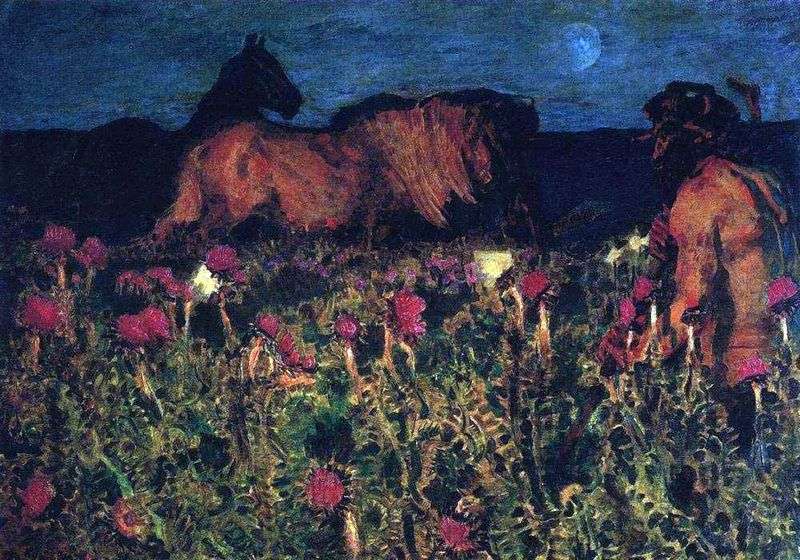
This picture Vrubel depicts the night in the deaf, rusty-red tones. Visible are the dark silhouettes of horses and the swarthy, half-naked shepherd-gypsy. Thistle thickets like living red torches: they talk, whisper, seem to be the lively children of the earth.
The real, it seems, landscape, it becomes fantastic when you notice that the horns are visible in the hard, black hairs of a gypsy. Here the figure of the shepherd and the landscape form a unity, and without each other they do not think.
The rarest gift of the colorist was shown by Mikhail Alexandrovich in his film “To the Night”, created in 1900. It was necessary to have a truly phenomenal visual memory in order to capture the complex gamut of the conceived canvas. The night is approaching. It is chilling from the dark expanses of the ancient Scythian steppe, where the wind wanders.
But the earth, the horses, the lonely figure seem to be filled with the heat of the past day. The crimson flowers of a thistle, a red horse – all seem to carry traces of the sun gone. Homeland of the Ancestors. Wandering horses against the background of the gloomy sky, endless distances melt in the mist, the atmosphere of primordial nature reigns. And as the embodiment of her soul – not a fairy shepherd, or a bearded dog with a huge mane of hair, with a mighty, as if forged from a copper, torso. The sickle of the young month flickers faintly, the booming silence encompasses the steppe expanses, only the snoring of horses and the sad cry of a night bird break the silence of dusk…
Deaf rusty-red tones, dark silhouettes of horses, thickets of thistles and swarthy half-naked shepherd-gypsy, whose horns are visible in hard black hair. But not the horns of the shepherd tell these works the charm of the fairy tale – their very pictorial concept is fantastic, the very ratio of figures and landscape. The image of man does not appear against the background of the landscape, but as if emerges from its depths and forms with it something one.
Nature in Vrubel’s paintings is as spiritualized as people, and people are created from the same substance as nature, even inorganic. Vrubel’s brush rarely gives the human bodies and faces the softness and elasticity of the skin, under which warm blood flows. The flesh of Vrublev characters, as in the famous aria of the Varangian guest, “from the rocks of those stone”, from minerals and metals, from the vegetable kingdom. Look at the shepherd’s back in the night – it’s like a bar of copper. If human beings are like plants and minerals, then minerals and plants carry something human. Thistles in the picture “To the night” – live red torches: they talk, whisper, seem to be animated children of the earth.
Here, the figure and the landscape form a unity, one can not think without each other. And they can turn into each other. The element of transformation that reigns in fairy tales, for Vrubel’s paintings, is natural, because in his painting the partitions between the kingdoms of nature, between the living and the lifeless, between man and forest creatures, elements and everything that fills the earth, water and sky are removed. A single, common life in everything.
Vrubel was a phenomenal observer of reality, on this basis his fantasy grows; we can say that this is a fantasy of nature itself. However, he never painted his paintings directly from nature and rarely did preparatory nature sketches to them. But he constantly and tirelessly peered. His visual memory kept what he saw in all its details, and the fantasy completed work, sifting and transforming. Eyewitnesses said that in the evening they all went to the nearby mound to watch the sunset – and they recognized the backgrounds of Vrubel’s fairy-tale paintings, admired the true effects of the evening sky. The artist Kowalski once asked Vrubel how he managed to write on the impression, so well remembering the shapes and colors? Vrubel replied: “If you knew how much I worked with nature!
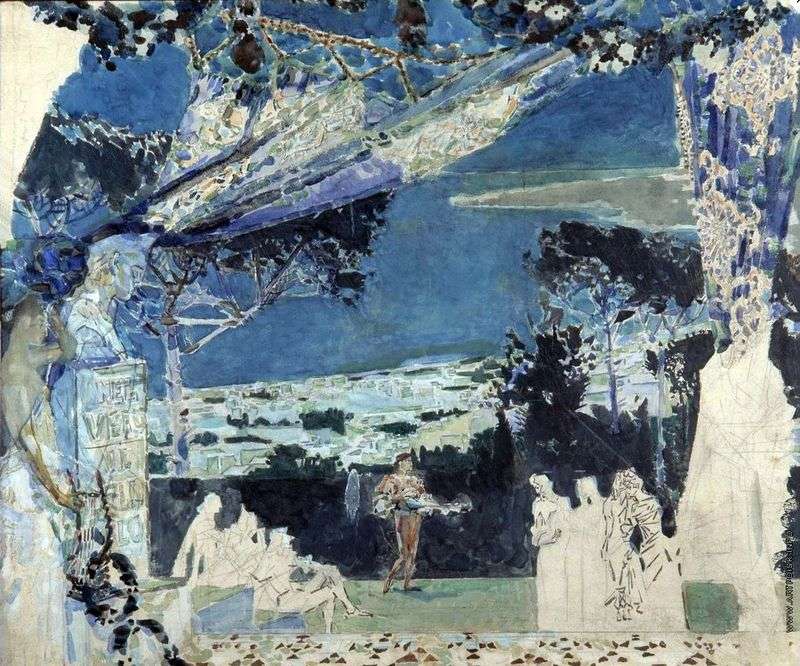 Italy. Neapolitan night by Michael Vrubel
Italy. Neapolitan night by Michael Vrubel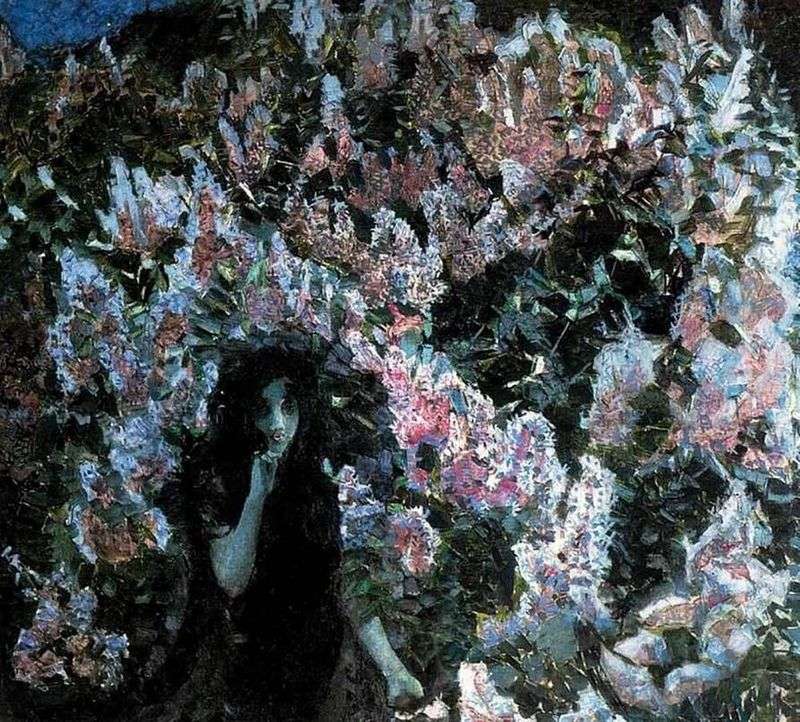 Lilac by Mikhail Vrubel
Lilac by Mikhail Vrubel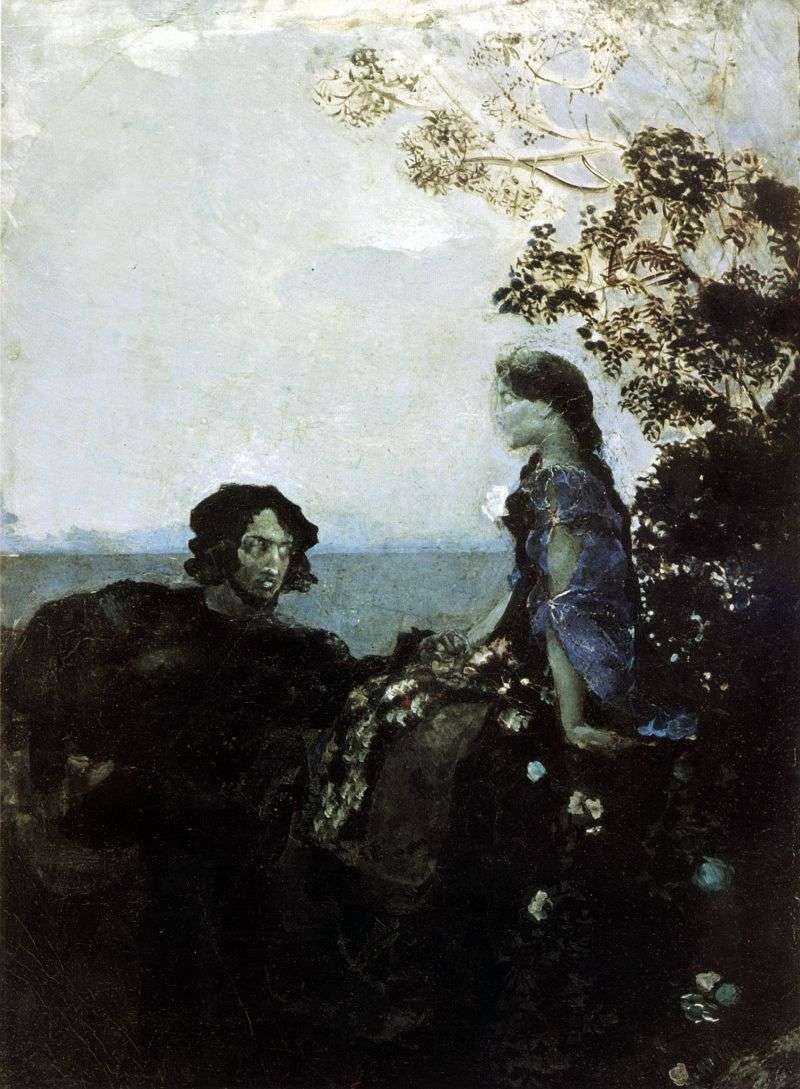 Hamlet and Ophelia by Michael Vrubel
Hamlet and Ophelia by Michael Vrubel Bed by Michael Vrubel
Bed by Michael Vrubel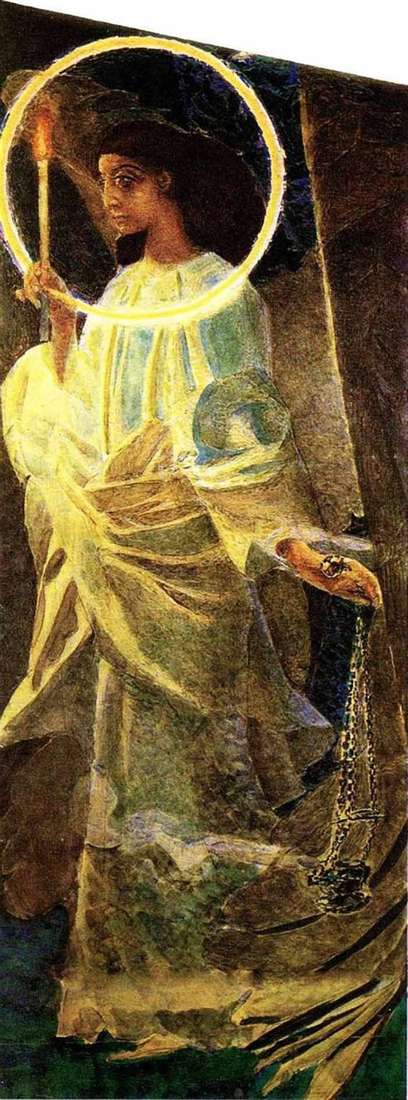 Angel with a censer and a candle by Michael Vrubel
Angel with a censer and a candle by Michael Vrubel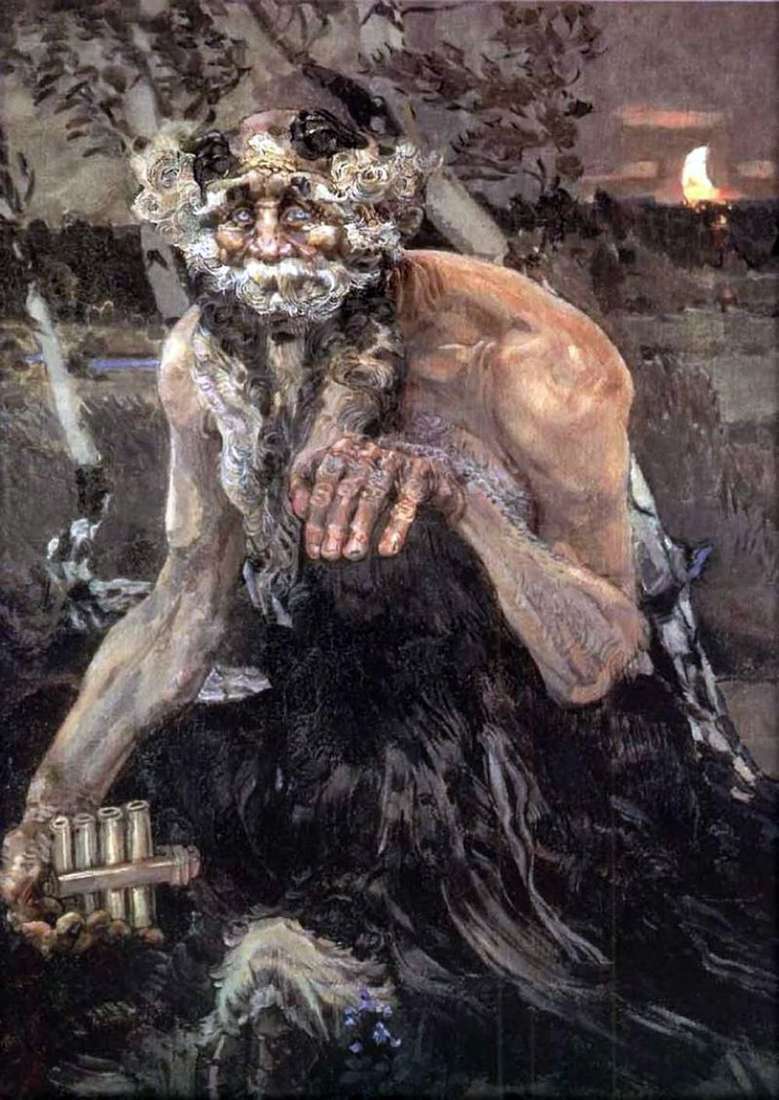 Pan by Mikhail Vrubel
Pan by Mikhail Vrubel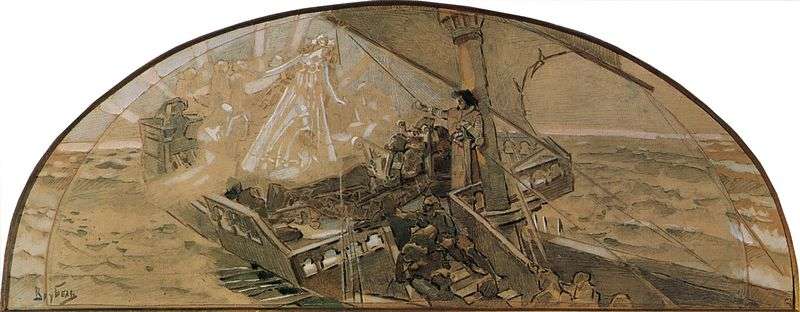 Princess of Dreams by Michael Vrubel
Princess of Dreams by Michael Vrubel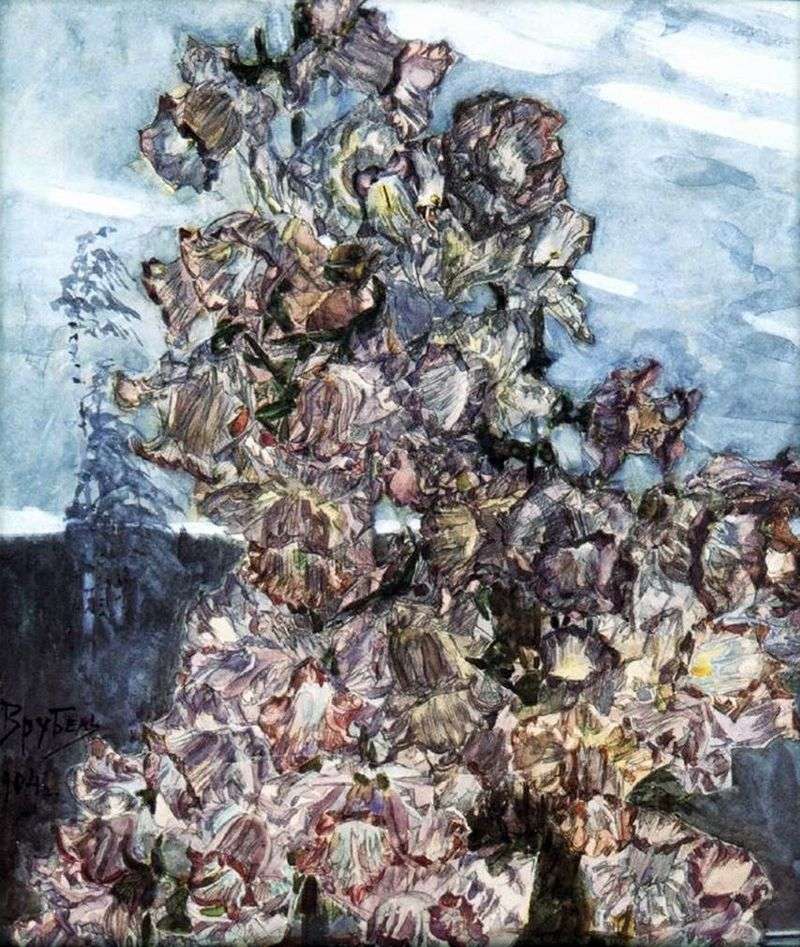 Campaigns by Michael Vrubel
Campaigns by Michael Vrubel